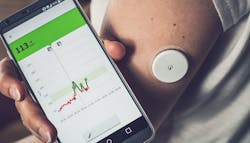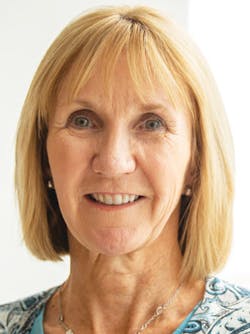Remote monitoring more than a remote possibility
Vital signs, glucose, blood pressure, heart rate, respiratory readings — all of that and much more can now be monitored effectively by the clinician remotely, and not only when patients are at home but also in ambulatory care centers, nursing facilities, and other settings.
While remote monitoring and telehealth technologies have yet to make it to mainstream healthcare, according to increasing studies, market reports, and adoption by healthcare providers, it’s just a matter of time. So, what is it about these remote devices that make them so appealing? Are they truly effective in delivering the data doctors and nurses need to make sound clinical decisions? Are some health conditions a better match for remote monitoring technologies than others? Should healthcare facilities make the investment in the equipment and training?
VivaLNK provides a wide variety of technologies for keeping all types of patients connected to their providers. In this discussion, Li explained how the company’s chemo-patient monitoring system works.
“It starts with our unique form factor, which is an ultra-light wearable patch. Weighing just 7.5 grams, the comfort is key to patient adherence,” he said. “From there, the technology ensures continuous multi-vital data capture in ambulatory situations, with real-time monitoring capabilities. A common problem facing chemo patients is the occurrence of neutropenic fever post treatment; in some cases, the fever can be severe enough to cause re-hospitalization. By using RPM to obtain advanced notice of the impending event through the monitoring of temperature and other vitals, care providers can intervene to prevent re-hospitalization—thereby improving patient safety, efficiencies, and reducing costs to the hospital.”
We participated in a southern California cancer center to monitor chemo patients after treatment,” Li continued. “The goal was to monitor for neutropenic fever in the days following treatment to identify an impending re-admission event. The study looked at tracking three key vital signs (temperature, heart rate, respiratory rate) to develop a correlation that predicts the event. The solution involved wearable sensors and a patient companion app on a mobile device. Results of the study showed the ability to detect a readmission event up to 18 hours in advance.”
“Researchers reported that all of the patients had uninterrupted passive data collection, meaning that the wearable knee sleeve, application, and paired smartphone were successful in achieving data collection,” continued Kyle. “The surgeon even received a notification if the patient did not achieve the expected knee flexion at two weeks postop. This continuous monitoring and automated surgeon notification simplified and streamlined data sharing between patient and surgeon in this study. With technologies like these, surgeons can almost literally see how their patients are doing while recovering at home. When surgeons have insight into their patient’s progress using remote monitoring, they may be able to anticipate a problem before it becomes a bigger, more painful, and costlier issue.”
About the Author

Valerie J. Dimond
Managing Editor
Valerie J. Dimond was previously Managing Editor of Healthcare Purchasing News.




